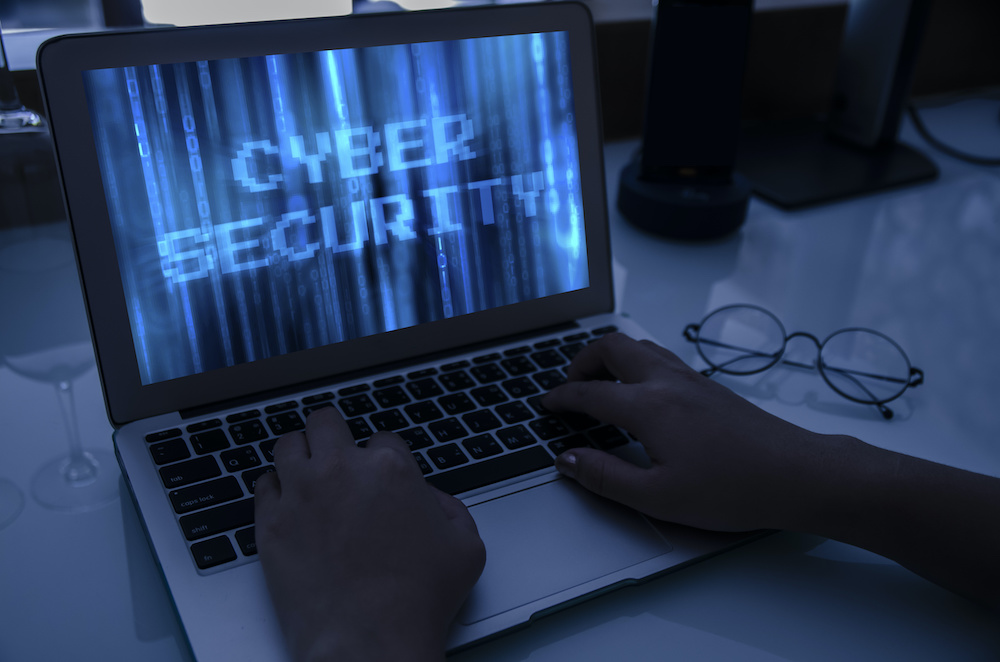Are you and/or your employees still working from home? If so, is your cybersecurity hygiene up to date?
According to Gartner, the worldwide information security market is forecast to reach $170.4 billion by 2022. With more people working remotely this year than ever before, cybercriminals are taking full advantage of the current state of the market. So, how can you improve your cybersecurity measures at home?
5 Easy Ways to Improve Your Cybersecurity Measures While Working From Home:
1. Install Anti-virus Software & Keep it Up-to-Date
Anti-virus software has proven to be the most effective in preventing and fighting cyberattacks. Anti-virus acts as a filter that blocks any malicious viruses from entering your device. A few key things to keep in mind when it comes to anti-virus software:
- Only run one anti-virus software at a time
- Make sure you purchase your anti-virus software from a reliable source
For more information on anti-virus software, reach out to us here.
2. Use Unique Passwords for Every Login
We talk about passwords a lot because they are that important. According to the 2021 Verizon Data Breach Investigations Report, compromised passwords make up for 81% of hacking-related breaches. Make sure that every login has a unique password to make it more difficult for hackers to get into your accounts. Here’s more on why you need different passwords for different accounts.
3. Set Up Multi-Factor Authentication
Using multi-factor authentication is as simple as 1,2,3. Our IT experts believe that companies should use multi-factor authentication because it adds an extra layer of protection. Instead of only having to enter a password once, multi-factor authentication depends on at least two types of identity verification to grant access to an account, keeping hackers out!
4. Backup Systems Regularly
If you become a victim of ransomware or malware, it is essential to have information backed up. The only one way to restore your data back to normal is with the most recent version of your backup. The best and most protective backup method is the 3-2-1 strategy. The 3-2-1 strategy is to ensure that you have 3 backups, 2 different media formats, and 1 of the copies offsite. Learn more about backup and disaster recovery here.
5. Keep Your Devices Separate
Last but certainly not least, make sure to keep your personal and professional devices separate. When working from home, it can be easy to merge your personal life with your work life, but when it comes to cybersecurity, it is important to keep things separate. Keep your personal computer for personal use like paying your bills, watching Netflix and online shopping and your work computer for working. The more you overlap the two, the more you jeopardize your data.
Do you need help assessing your cybersecurity? We would love to help! Reach out to us here.

